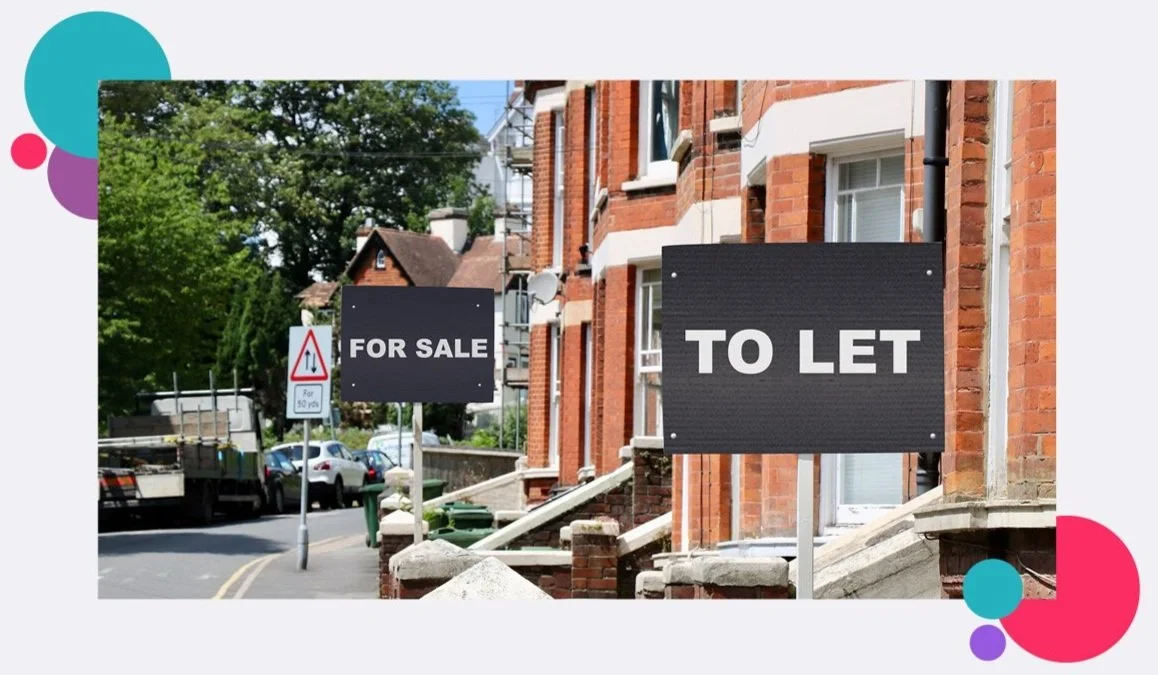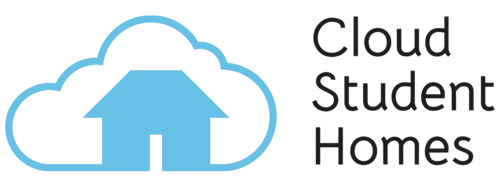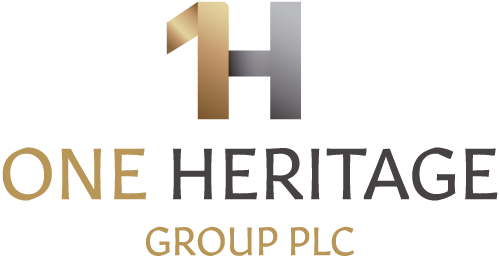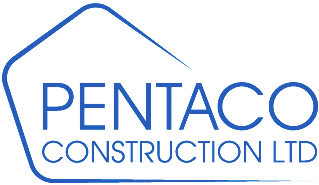Lone working in housing associations
What do housing associations do?
Housing associations provide housing support for six million homes in the UK, (according to the National Housing Federation, 2022).
As well as building nearly a quarter of all new houses in the UK, housing associations provide vital services such as hostels for the homeless, domestic abuse refuges and community services.
Housing associations employ an estimated 148,000 people in the UK, many of whom are lone workers delivering essential services. These roles can include tradespeople such as carpenters, plumbers and electricians, support workers such as carers and nurses, and a whole host of other roles (lawyers, administrators, surveyors, and safety officers to name a few).
What is lone working and how does it affect housing associations?
A lone worker is someone who works out of sight or earshot of their colleagues for some or all of their day. Lone working, by its nature, can increase the risk of serious injury, by lowering levels of oversight and increasing response times to potential emergencies.
Working directly in people’s homes or living spaces, particularly if the client is vulnerable, can create a huge risk for housing association employees.
While some housing association employees may be more at risk of aggression and violence (for instance, if they are supporting those with certain addiction or mental health issues), there is always a risk when an employee enters a client’s home.
At Safepoint, we recognise the difficulties lone workers in the housing association sector face every day. Our intelligent lone worker solutions help housing association employees stay safe and organised while they’re providing valuable services.
The risks of working alone in a housing association
Lone workers employed by housing associations face risk every day. Whether they are providing care, conducting repairs or liaising with residents, housing association staff face a higher-than-average risk of abuse and violence.
Risks can include:
Physical and verbal aggression from residents, animals and other members of the public
Being trapped in someone’s home without support
Accident and injury; slips, trips and falls
Handling of potentially hazardous materials
Working with high-risk equipment while performing maintenance
A lack of control inherent in working in people’s homes
Interaction with higher-risk users such as those under the influence of drugs or alcohol
What are the health and safety responsibilities of housing associations?
As a housing association you have clear legal obligations to care for the health, safety and welfare of all your employees: be they office staff, health and social care workers, construction workers, or maintenance staff. Beyond the universal obligations, there are specific requirements for those who work on their own.
Note: If you would like to learn more about your obligations to protecting lone workers, you can find a really handy introduction, here.
Exposure to the public, particularly in their own homes, carries with it the risk of violence. As a housing association, you have a duty to minimise and prepare for risk wherever you can and have a safety audit trail that stands up to scrutiny in the event of an incident.
Failure to protect the public and employees on housing association premises or during work you are carrying out can result in fines and other penalties.
No one wants their employees to undergo threats, violence, or accident injury but, beyond the immediate effects, there are serious ramifications when lone working employees are put at unnecessary risk.
Fines, damage to your reputation and even criminal charges can result from a failure to adhere to your responsibilities as an employer.
Solutions for keeping workers safe in housing associations
Risk assessments
With such a varied assortment of lone working roles, housing associations need a practical, common-sense approach to employee safeguarding. Start by conducting a thorough risk assessment and put together a lone worker safety policy. Everyone from maintenance to care staff needs to understand their rights and liabilities and have a set of best practices and rules to follow.
Training
Conduct training to prepare lone workers across your housing association for the risks and difficulties they might face while working alone, particularly when interacting with the public.
Monitoring lone workers
People who work alone should have robust and clear methods of supervision and communication. If something were to go wrong, and your staff were in danger, it’s important to consider how the rest of the team would be notified –and how that person would get help.
Unfortunately, keeping track of employees across different locations and different times can be really tricky. That’s why Safepoint provides a unique solution to monitoring and organising lone workers and those who work “in the field”
How does Safepoint protect lone workers?
Safepoint provides award-winning lone working solutions for workers in the housing sector along many other industries across the UK and abroad.
When estate agents, maintenance staff, and other workers in the housing sector are equipped with Safepoint’s apps and wearable panic alarms, they can set up timed, GPS-tracked ‘tasks’ (such as ‘Castle Street house visit - 45mins’).
If the worker runs into trouble, they can tap a button on their phone or wearable panic alarm and an alert will be sent out (along with their live location).
Above: when an alert is triggered, it is handled by our GuardianPlus team and can be viewed in the web portal.
But what if a worker is incapacitated (for instance, if they are attacked)? With Safepoint, an alert will automatically be sent out if a user takes a fall (sometimes called a man-down feature) or if they are unresponsive.
With Safepoint, energy organisations can supervise their whole team through the Safepoint app or Web Portal – where they can see alerts, live locations, status updates, team analytics and more.
What’s more, with Safepoint’s 24/7 GuardianPlus service, your team’s safety can be monitored day and night by an accredited team of expert responders. These emergency response professionals, working out of a dedicated Alarm Receiving Centre, will handle any emergency –from first response, to escalation management, to liaising with the emergency services.
Keeping housing associations safe
All sorts of businesses rely on Safepoint’s lone worker solutions and 24/7 Alarm Receiving Centre to keep their staff protected and organised. Some housing organisations that use Safepoint include:








